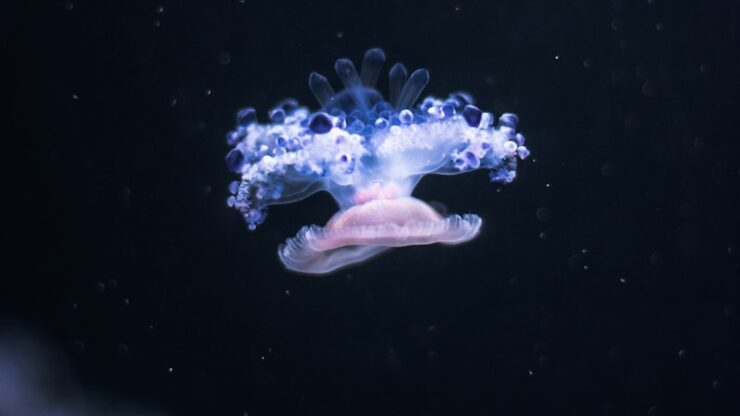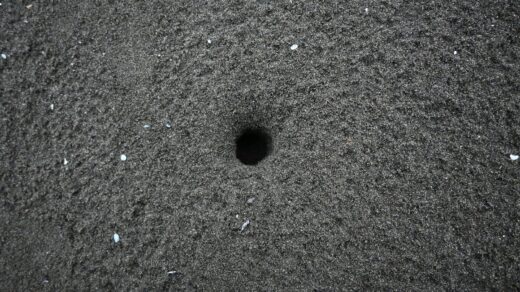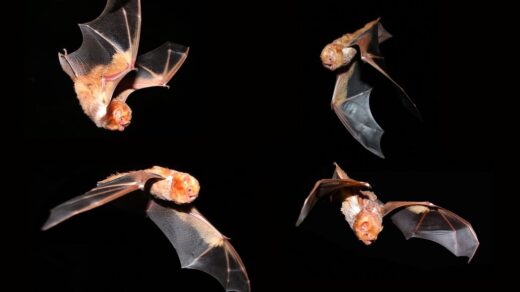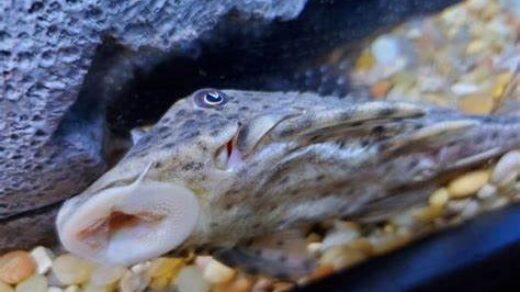Bioluminescence: Nature’s Illuminated Mysteries Unveiled
Introduction to Bioluminescence
Bioluminescence, a captivating natural phenomenon, involves the production and emission of light by living organisms through biochemical reactions. Unlike fluorescence or phosphorescence, which involve the absorption of external light, bioluminescence is an intrinsic ability found across a wide array of organisms in both terrestrial and marine environments. This article delves into the intricacies of bioluminescence, focusing particularly on its manifestations in marine ecosystems, where it serves diverse ecological roles.
Historical Overview and Discovery
The phenomenon of bioluminescence has intrigued scientists and naturalists for centuries. Historical records from ancient civilizations describe sightings of glowing seas and luminous organisms, often with a mix of awe and superstition. Scientific exploration and understanding of bioluminescence began to take shape in the 19th and 20th centuries, with significant contributions from researchers such as Sir John Harvey-Jones and Osamu Shimomura, who isolated and characterized key molecules involved in bioluminescent reactions.
Mechanisms of Bioluminescence
Biochemical Basis
Bioluminescence is primarily driven by a chemical reaction involving luciferin, a light-emitting molecule, and luciferase, an enzyme that catalyzes the reaction. The process typically results in the emission of light, often in the visible spectrum. Variations in the structure and composition of luciferin and luciferase give rise to the diversity of bioluminescent colors observed in different organisms.
Cellular and Molecular Processes
Within bioluminescent organisms, specialized cells or organelles house the necessary biochemical machinery for light production. These cells may be distributed across the organism’s body, concentrated in specific organs, or housed within symbiotic relationships with other organisms, as seen in certain deep-sea fish and jellyfish.
Diversity of Bioluminescent Organisms
Marine Bioluminescence
The marine environment hosts a staggering diversity of bioluminescent organisms, ranging from microscopic plankton to large predators. Phytoplankton, including dinoflagellates and diatoms, are among the smallest bioluminescent organisms, often responsible for spectacular displays known as “milky seas” or “sea sparkle.” Larger marine organisms, such as jellyfish, squid, and deep-sea fish like the anglerfish, also exhibit bioluminescence in various forms.
Terrestrial Bioluminescence
While less common compared to marine bioluminescence, terrestrial organisms such as fireflies (also known as lightning bugs), certain fungi, and even some species of bacteria display bioluminescent capabilities. The mechanisms and purposes of bioluminescence in terrestrial organisms often differ from their marine counterparts, reflecting adaptations to specific ecological niches and evolutionary pressures.
Ecological Roles of Bioluminescence
Defensive Strategies
Bioluminescence serves as a powerful defensive mechanism for many organisms. In the ocean, organisms like the vampire squid and certain jellyfish release bioluminescent fluids or create luminous distractions to confuse or deter predators. The production of bioluminescent compounds may also serve as a warning signal, indicating toxicity or unpalatability to potential predators.
Predation and Feeding
Bioluminescence plays a crucial role in predation strategies among marine organisms. Predatory species, such as the anglerfish, employ bioluminescent lures to attract prey in the darkness of the deep sea. The light emitted by these lures mimics the movements of smaller organisms, enticing unsuspecting prey into striking distance.
Camouflage and Concealment
Counter illumination is a specialized form of camouflage wherein organisms emit light to match the ambient light conditions from above, effectively reducing their silhouette and making them less visible to predators below. Deep-sea fish like the hatchetfish utilize bioluminescent organs along their bellies to blend seamlessly with the faint light filtering down from the ocean’s surface.
Communication and Social Behavior
Bioluminescence also facilitates communication and social interactions among organisms. Many species of deep-sea squid and fish use bioluminescent displays to communicate with potential mates or rivals, signaling readiness for mating or establishing territory boundaries in the vast, dark expanses of the ocean.
Bioluminescence in Scientific Research
Biotechnological Applications
The unique properties of bioluminescent molecules, particularly luciferase, have found diverse applications in scientific research and biotechnology. Luciferase-based assays are widely used in biomedical research for detecting biomolecules, studying gene expression, and exploring cellular processes in real-time.
Environmental Monitoring
The presence and activity of bioluminescent organisms serve as indicators of environmental health and ecosystem dynamics. Monitoring bioluminescence in marine ecosystems can provide insights into water quality, nutrient cycling, and the impacts of climate change on marine biodiversity.
Conservation and Threats
Conservation Challenges
Despite their ecological significance, bioluminescent organisms face numerous threats, including habitat destruction, pollution, climate change, and overexploitation. Conservation efforts aimed at protecting bioluminescent habitats and reducing anthropogenic impacts are crucial for preserving these unique and often vulnerable species.
Ethical Considerations
The use of bioluminescent organisms in scientific research and biotechnology raises ethical considerations regarding animal welfare, biodiversity conservation, and the sustainability of bioluminescent resources. Ethical guidelines and regulations are essential to ensure responsible and humane practices in the study and application of bioluminescence.
Future Directions and Discoveries
Advances in Bioluminescence Research
Ongoing research continues to unravel new facets of bioluminescence, including novel bioluminescent mechanisms, undiscovered species, and applications in emerging fields such as bioimaging and biosensing. Technological advancements, such as high-resolution imaging techniques and genetic engineering tools, promise to accelerate discoveries in bioluminescence biology.
Conservation Strategies
Future conservation efforts will focus on expanding protected areas, promoting sustainable practices in bioluminescent tourism, and fostering international collaborations to address global threats to bioluminescent ecosystems. Public awareness and education initiatives will also play a vital role in fostering appreciation for bioluminescence and its conservation.
Conclusion
Bioluminescence stands as a testament to nature’s ingenuity and evolutionary adaptability, illuminating the hidden depths of Earth’s oceans and enriching our understanding of life’s diversity. As we navigate the challenges of the 21st century, safeguarding bioluminescent ecosystems is not just a scientific imperative but a moral obligation to preserve the wonders of our planet for future generations.
✦✦✦✦✦


















